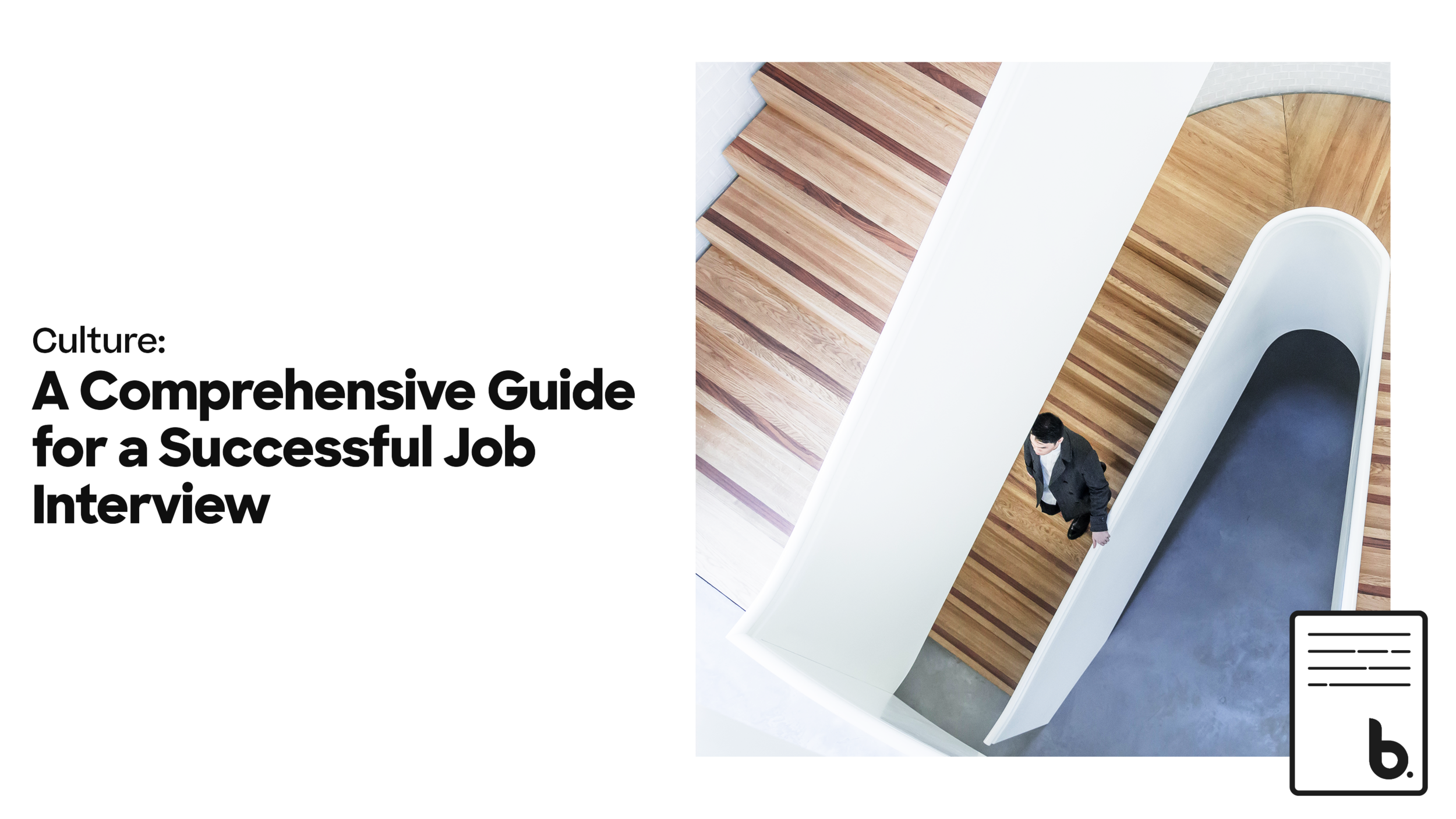A Comprehensive Guide for a Successful Job Interview
Bait the hook to suit the fish...or in your case, the recruiter.
An interview is more than just a first impression; it’s an outlet to show the interviewer what you can offer their company beyond what is already shown on your resume. This is the opportunity to frame yourself in a manner which makes you IRRESISTIBLE — an opportunity to put your best foot forward, and express (without explicitly saying) that your assets will be on their conscience if they do not hire you. How well do you align with their objectives and values? How does this company benefit you in order to become a greater asset towards their bottom-line? Most importantly, what can you bring to the table that others do not, and where do you fill in those gaps?
Here is a step-by-step guide you can use to leverage your assets and present them in a way that ensures a memorable interaction.
Pre-interview Preparation
The first step is to clearly identify your high-level skills and the prominent attributes of those skills. Next, look at the job description and research the company (if you have not already). What are their company values? What type of people work there (i.e., search Glassdoor reviews)? Check your LinkedIn; do you know someone who works there?
Once you get a holistic picture of the company, re-visit the job description and distinguish the soft skills (e.g., ability to delegate tasks) from the hard skills (e.g., technical background). Connect the dots between the skills and attributes that you have identified about yourself and align yourself to the direction of the job description. For example, if the job description iterates that they are looking for someone who is able to juggle multiple priorities at once, prepare a moment in time where you had conflicting deadlines (whether personal, professional or both) and how you overcame this dilemma (e.g., “I distinguished the tasks that were priority and those that were urgent”).
Everyone already knows that they will get this dreadful (maybe not for some people) but imperative question: “tell me a little bit about yourself”. Practice this and make sure your personal elevator pitch is memorable - this is an essential part of the interview, and is all the more important being in an online environment. Integrate television shows you are interested in or hobbies that you are passionate about, and weave your professional experiences into your personal interests.
Pre-interview preparation is an important step to set yourself up for success. Use this time to understand yourself and how your skills play in with the company. Also, be cognizant to show how this can positively impact the team or department that the job is hiring for.
Steps During the Interview
With the ongoing pandemic, there is a likely chance that the job interview will be held online. This might bring a feeling of uneasiness from the large physical disconnect, but this is an opportunity to nail an interview without having to worry about your deodorant failing you that day. With that being said, do not discredit the impact of, “look good, feel good”; try to put yourself in the mindset where you feel confident. Even though they cannot see your pants, you know your pants look good and you’ll feel even better going into the interview.
Assess the climate of the interview; is the environment casual or perfect-posture-formal? Use your body language wisely and use your hands (but not too much) to enhance your storytelling and responses. You can even break the ice by adding a dash of humour (if it is appropriate for the climate). If you want to take it one step further, pay attention to your interviewer’s body language as well - if they lean in, they might be interested in what you are speaking about in the moment.
If you feel as if you are stiff, remember to breathe and take pause. This will help you slow down your thought process before answering a tricky question. If you do not understand the question fully, there is no harm in asking a follow-up question for clarification. If they respond negatively to your clarification method, this could signal that the company does not value growth in communication; as such, you may want to re-evaluate whether this company is a right fit. Remember, an interview is not only about the recruiter hiring you, it is also a chance to get an understanding of whether this company is the right fit for your own personal and professional development.
Make sure to have at least two to three questions ready when your interviewer concludes the interview (e.g., what are the next steps, and when may you expect a reply). This will demonstrate interest and engagement. You can even tie these questions back to the topics discussed in the interview to dive deeper into a concept you are interested in.
Steps After the Interview
Once the conversation is over, you have 24 hours post-interview to make a third impression: the follow-up email. Thank your interviewer for their time, and add any comments you may want to bring up. For example, you might have connected with the recruiter on a personal level, or realized that you both shared an interest in something novel; feel free to mention the memorable chat you had about the topic in the email — but make sure it is short and sweet.
Now that you have completed the interview and exhausted your sweat glands, give yourself a pat on the back. You have prepared as well as you could, and put your best foot forward during the interview. Phew! This was a big step, and you should be proud.
You baited your hook to suit the fish, and now all that is left is to reel in the response.







